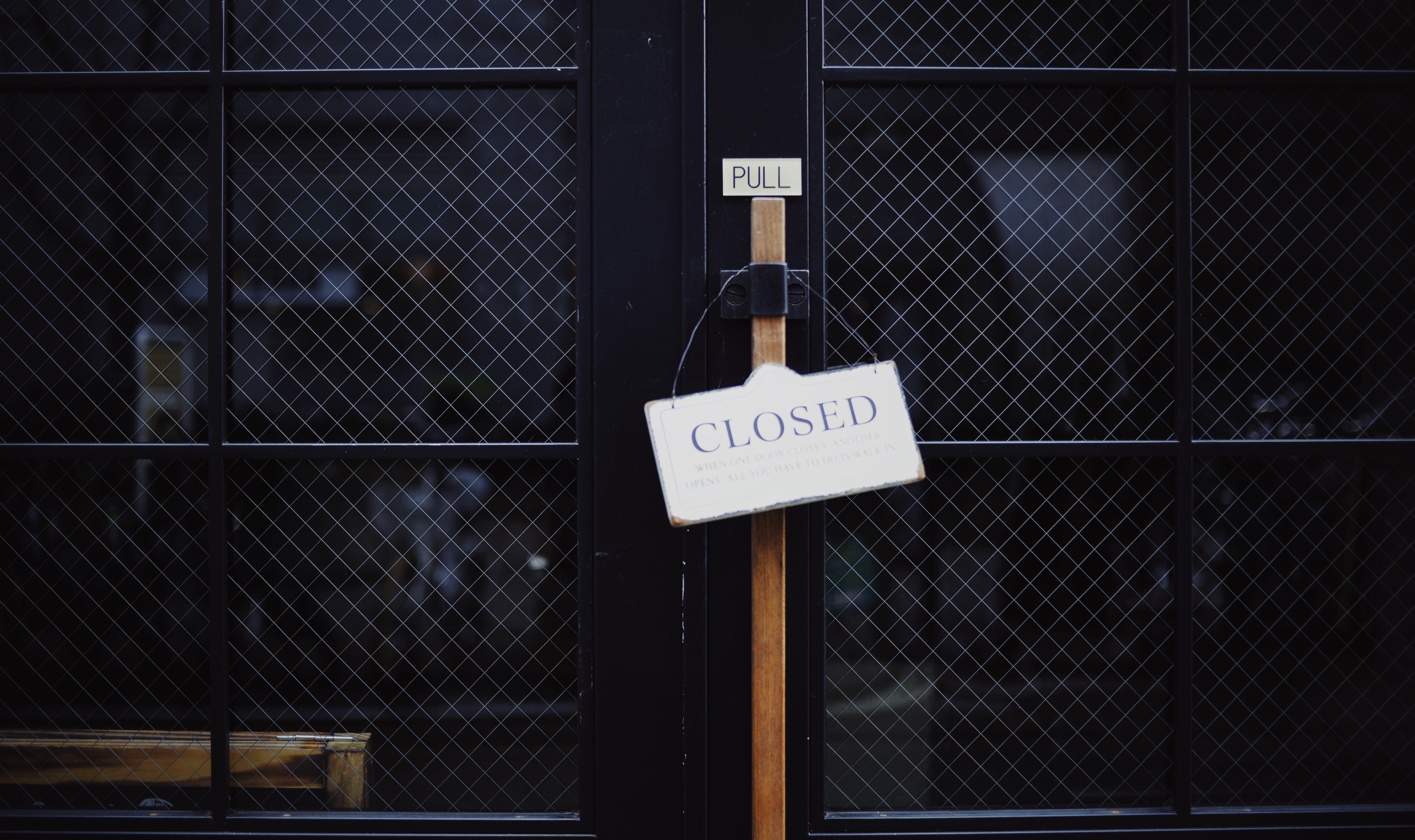Sorry, we’re closed
By Natalie Rayment
Sorry, Brisbane is closed for future development, please try Ipswich, Logan or Caboolture.
That seems to be the message emanating from the closet NIMBY’s in our community.
I say closet because no one admits to being a NIMBY. “I support more development and am happy to welcome people to our city… but could they build it over there?”
They use all sorts of arguments as to why there shouldn’t be any more development in their neighbourhood; they’ve ignored the planning rules, it’s too high, there’s too many/not enough car parks, traffic is already a nightmare, we are destroying the heritage of our suburb, we’re losing our greenspace.
So where are we going to put the 1,300 plus people who are moving to our city every month?
Our population is growing and we know it’s not going to stop anytime soon.
Do we keep pushing outwards, spreading out deeper into the western areas to Ipswich and beyond and filling in the space between Brisbane and the Gold and Sunshine Coasts?
I’m sure those in our leafy, well established suburbs would say yes please.
But is further sprawl really the answer? Brisbane is already ranking as the Southern Hemisphere’s worst city for urban sprawl, sitting close behind its American city rivals – definitely not an accolade we should be proud of.
As a town planner I read a lot of objections and without fail traffic congestion will be one of the top complaints.
But ask any traffic expert and they will tell you a development of 100 townhouses close to the city will contribute less to traffic congestion than 100 single detached homes on the fringe of the city.
Why? Because the people who move to the fringes still work and play in the city and will be more reliant on their cars than someone closer to the city who will spend less time in transit and have more options for public transport.
So why can’t we have better roads or more trains I hear you cry?
I agree, we have issues with transport infrastructure in our city. But show me a city that doesn’t.
Predicting where growth will happen and how to cater for it is difficult and more often than not our major infrastructure will lag behind.
So should we, as suggested, have a development moratorium until these issues are address?
Well we could but I go back to my original question, where do we put everyone? There isn’t one major traffic corridor in our city that isn’t congested at peak hour; you just have to listen to the traffic report each morning.
The Plan your Brisbane game launched recently by the Brisbane City Council shows us that for every planning decision we make there are trade-offs.
It asks would you sacrifice affordability for more greenspace or a better drive into the city? There are no easy answers but surely we can have the discussion in a sensible way, taking into consideration everyone’s needs and not just our own.
Compromise seems to go out of the window when it comes to new developments in established suburbs, especially if the locals’ objections are overruled.
There must be corruption, or at least incompetence involved? They have breached the height limits, they have ‘gamed’ the planning laws, they’ve destroyed the heritage of the area and no one cares.
These would all be valid arguments if they were based on fact. The problem is, many complaints about new developments are based on emotion and misconceptions of how our planning laws work, or even worse, they use the planning rules to mask their own personal concerns.
A two storey townhouse development is not a high density development, it’s not even medium density.
It is low density development putting it in the same category as single detached houses.
Yes, it’s a different form of housing to the conventional single detached home, but townhouses are planned for in low density residential neighbourhoods for a reason, because they are good for our city and our neighbourhoods.
It is good because it provides housing choice. Not everyone wants to live in a traditional house, not everyone can afford a traditional house, not everyone wants to spend their weekends in the garden, or their time and money maintaining their timber and tin Queenslander.
They provide diversity in our communities by offering choice to those at a stage where they want to downsize but stay in their suburb or they may be first home owners who want to live closer to the city but can’t afford a traditional house on 600m2 of inner city land.
And yet we want to deny them that opportunity, the same opportunity we had when housing wasn’t so scarce, simply because it means our trip to work will be longer?
In a recent report, the Reserve Bank of Australia called out NIMBYs and highlighted how this anti-development, not in my back yard attitude is a driving force behind making housing unaffordable.
And yet we refuse to learn from history. Virtually every major city across the world has faced the same issues.
In fact, the YIMBY Movement grew up in San Francisco for exactly this same reason – the city is growing, without sufficient housing supply. It is making housing unaffordable, forcing renters, key workers and young people out of the city.
Sound familiar?
What we want is to have the conversation but have it in an informed and balanced way; recognising that there is more than one way for our city to grow and that each decision we make about the shape of our city has a consequence in terms of greenspace, transport, affordability and lifestyle.
Otherwise we may as well throw up the ‘closed’ sign and tell our kids they’ll have to leave town.



